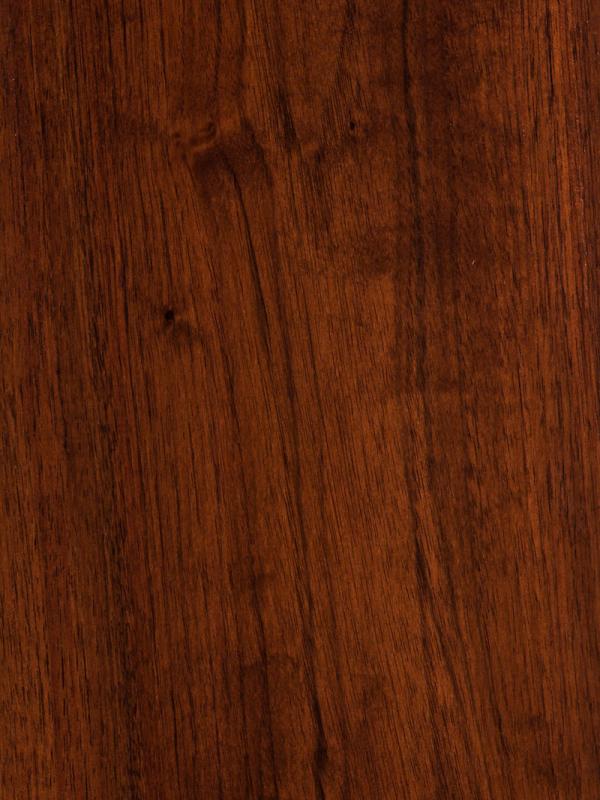
Family: Juglandaceae Family, Latin Name: Juglans SPP.
Origin: Peruvian Walnut can be found throughout South America and can be found as far north as Mexico.
Common Names: Nogal, South American Walnut, Tocte, Tropical Walnut, Peruvian Walnut.
The Tree: Peruvian Walnut is moderate in size ranging from 30 feet to 60 feet tall with a trunk that is 2 feet to 3 feet in diameter.
Appearance of Wood: Peruvian Walnut tends to be a dark brown chocolate color often containing black lines and streaks through the wood and on rare occasions the wood will have a slightly purple tint as well. Grains tend to be straight and consistent with a coarse and porous texture. Peruvian Walnut carries a naturally attractive sheen. Heartwood tends to be a deep chocolate brown color with a purplish hue and some lighter streaking through the wood. Peruvian Walnut has minimal to no sapwood.
Density: Average reported specific gravity ranges from .50 to .60 with an average dried weight of 37 pounds per cubic foot. Janka Hardness is 960 pounds of force.
Dry and Shrinkage: Peruvian Walnut is known to be slow to dry. The wood must be air-dried slowly and with precision. Thicker pieces of Peruvian Walnut have proven to be problematic with the occurrence of wet zones that lead to honeycombing or internal collapse. Average reported shrinkage values are 3.6% Radial, 7.5% Tangential, 11.4% Volumetric.
Working Properties: Peruvian Walnut possesses impressive working properties. The wood is easy to work with both hand and power tools with minimal tear-out due to the consistently straight grain. Peruvian Walnut accepts nails and screws well and takes stain exceptionally. Overall, woodworkers consider Peruvian Walnut a joy to work with.
Durability: Peruvian Walnut is considered moderately durable. Most applications are targeted for indoor use as it can be susceptible to insect attacks.
Uses: Peruvian Walnut is commonly used for furniture, cabinetry, veneer, flooring, musical instruments, and interior trim.
Availability: Prized for its workability and attractiveness it, unfortunately, has been overharvested. Peruvian Walnut lumber can be obtained, though there is a current lumber moratorium on exports to the United States contributing to higher costs. Despite the circumstance is moderately priced for an exotic wood species.